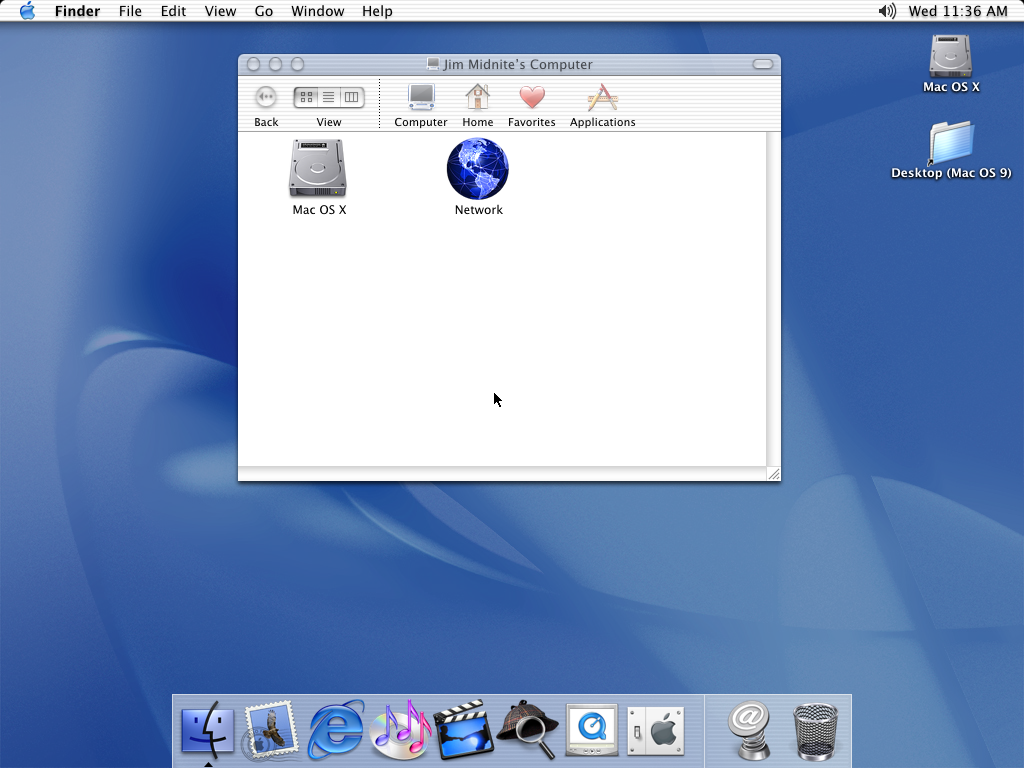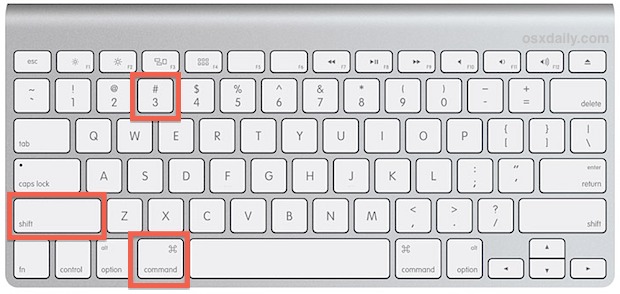

We have … demonstrated just how easy it is for a determined snooper to rescue data or salvage files from media which has been erased, reformatted or accidentally damaged. When it comes to computers (and especially when it comes to computers on the internet), there is no privacy unless you consciously create it. …NetShred is the easiest way to erase internet tracks and email on your Mac.
SCREEN SHOT MAC OS X FOR MAC OS X
You can protect your online privacy with Mireth Technology NetShred X, the easy-to-use internet track eraser for Mac OS X that securely erases cached files your browser and email programs leave behind … and runs automatically. The problem with most solutions, even the important ones like security and data backup programs, is that unless they run automatically, in the background, people simply do not consistently remember to use them. With a little bit of knowledge and effort, anyone with access to your computer can see what information you have been searching for and what pages you have been accessing on the web…To erase these internet tracks, you need to use an internet track eraser to erase them so they can’t be recovered. Some of the good tools are Monosnap, Jing, Skitch, etc.When it comes to computers (and especially when it comes to computers on the internet), there is no privacy unless you consciously create it.

Along with that, they have much more functionality included as well. There are various tools available to capture the screenshots of your screen.
SCREEN SHOT MAC OS X FULL
You should be able to see the full path in the window that pops up. Another way to get the path would be to right click on the “Screenshots” folder and select “Get Info”. If you don’t know the path to the “Screenshots” folder, just drag the folder with the mouse into your terminal and the required text to its path will be added automatically. Open the terminal and type the following: $ defaults write location path/to/the/Screenshots/folder Create a new folder on your desktop (or anywhere you want) and give it a meaningful name like “Screenshots”. This is not a new method per se, but this can be used in conjunction with any of the methods. Method 6: Change the default location of the saved images They are pretty self-explanatory and they do the same things we discussed in our previous methods. Click the Capture menu and you see a list of options. You will see the menus on the top left corner. This will open the Grab application but you will not see an active window. Now move your mouse inside the window of interest and then left-click with your mouse. The mouse pointer will turn into a camera-like icon. This method allows to capture everything in a window regardless of its size. Then release the mouse and the image will be saved on the desktop by default. Now, select the area of the screen you’d like a picture of. Press Command+Shift+4 and you see a small cross-hair reticle. Now you can go anywhere and press Command+V and the image will be pasted there. Basically, you are saving the data in temporary storage. This is equivalent to using Command+C on text. Press Command+Control+Shift+3 and the image will be saved to your clipboard.
SCREEN SHOT MAC OS X HOW TO
In this method, we will see how to capture the screenshot and not have it saved as an image by default. The filename will contain the word “Screenshot” along with the date and time. It will capture the screenshot of your screen and save it on your desktop. Make sure your screen displays exactly what you want. Method 1: Take a screenshot of your entire screen These methods are very handy at times! I have described a few different methods here. Each one of those methods has something different and unique to offer. I am sure most of you know how to capture a screenshot on OS X, but there might be situations where your requirements change a bit. There are many different ways to capture the content being displayed on your screen. But then again, in this day and age, what operating system doesn’t? Well, this is where it differs a little. One of the many good things about Mac OS X is the built in support for taking screenshots.


 0 kommentar(er)
0 kommentar(er)
